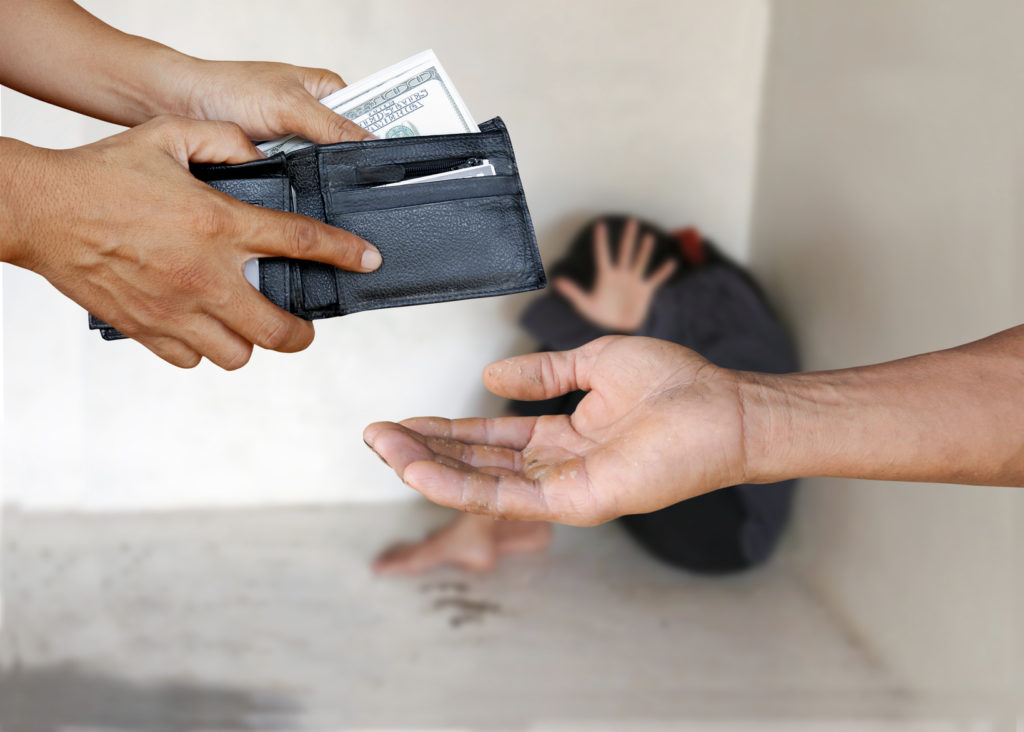For many, childhood is marked with memories of sleepovers and vacations or passing the driver’s exam and taking that first drive to an after-school job. For foster children, however, it can be difficult to share in these experiences that so many consider normal. As wards of the state, foster children are at the mercy of the legal system – their foster parents are required to go jump through several legal hoops such as restrictions on car insurance, required background checks for potential chaperones or pre-scheduled court dates and visitation periods. Some of these even require the foster parents to personally fund the endeavors. Child welfare providers across the country are increasingly recognizing that these regulations, once thought to protect children, actually impede the foster care system from providing the best care possible.
What Is Normalcy for Foster Youth and Why Is It Important?
“Before, we were trying to keep kids from getting hurt…. We put them in a room and made sure nothing happened to them,” Mike Watson, an executive for a Florida foster care agency, said of previous foster care standards. “We don’t want supervisors. We want people to parent. We had created this artificial relationship where you had state-sanctioned individuals in a home acting like a jailer.” Now, there is a push for “normalcy.” Normalcy is a standard of care that enables foster youth to share in the everyday activities that allow them to develop the skills that will build a true sense of independence. But what, exactly, is normalcy for foster youth? Continue reading


